What is the Most Profitable Forest Harvesting Technique?
- September 20, 2024
- 0 comment
The forest industry is an essential driver of economic growth, particularly in regions with rich timber resources. Forest harvesting techniques directly impact the profitability of timber operations, with each method offering a different balance between short-term financial gain and long-term sustainability.
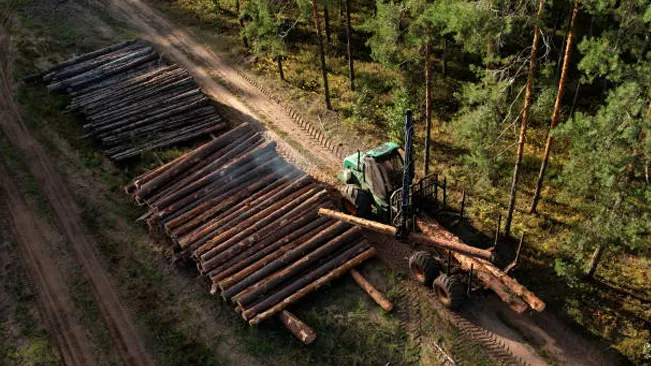
While some techniques offer high yields and immediate returns, others focus on preserving forest ecosystems to ensure ongoing profits, balancing financial gain with environmental responsibility.
Factors Affecting Profitability in Forest Harvesting
Several factors determine the profitability of forest harvesting. These include forest type and location, market demand, operational costs, and environmental regulations. Each factor can significantly influence the choice of harvesting technique.
1. Forest Type and Location
The type of forest and its location is important in determining the profitability of harvesting operations.
Dense, fast-growing forests with high-value species such as pine or oak tend to yield higher profits. The terrain also matters, as harvesting in steep or rugged areas can increase costs due to the difficulty of accessing the timber.
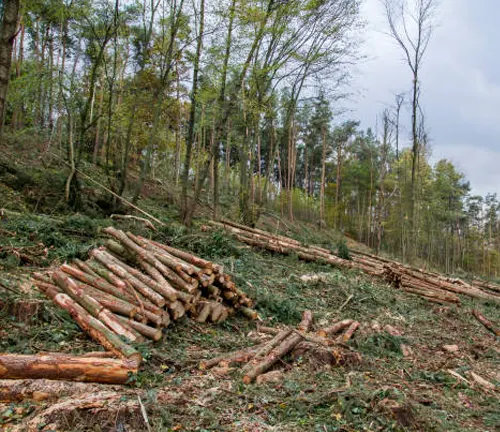
2. Market Demand for Timber
Timber prices fluctuate based on market demand. When demand is high, even less efficient harvesting techniques can be profitable. Conversely, when timber prices are low, it becomes crucial to select the most cost-effective harvesting method. High-value timber species and well-timed market sales can significantly increase profitability.
3. Operational Costs
The cost of equipment, labor, and transportation can affect the profitability of forest harvesting.
For example, some techniques require more labor and advanced machinery, which can drive up operational costs. Efficient use of resources is critical in keeping costs low and maximizing returns.
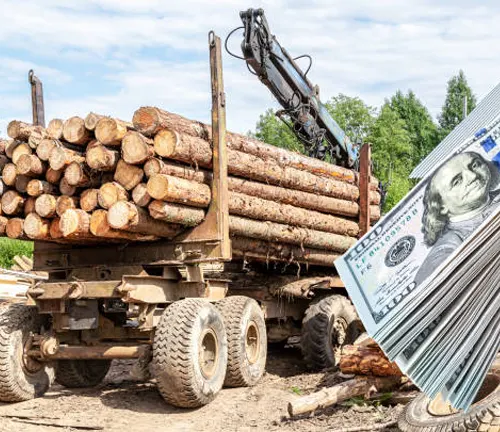
4. Environmental and Regulatory Considerations
In many countries, forest management laws and environmental regulations dictate the types of harvesting techniques that can be used. While more environmentally friendly methods may have lower short-term profitability, they often ensure the sustainability of future harvests. Balancing compliance with profitability is essential in forest operations.
Overview of Common Forest Harvesting Techniques
Each forest harvesting technique has its advantages and disadvantages in terms of profitability, environmental impact, and long-term sustainability. Here’s a breakdown of the four most common methods.
1. Clearcutting
Clearcutting is one of the simplest and most widely used techniques. In clearcutting, all trees within a designated area are removed, leaving the land bare.
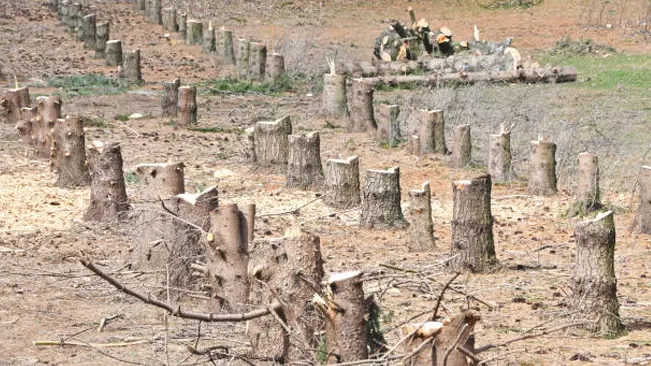
- Pros: Clearcutting is highly efficient and profitable in the short term, as it allows for the rapid harvest of large quantities of timber with minimal effort. It also has lower operational costs due to the reduced need for precision or selective logging.
- Cons: However, this method has significant environmental drawbacks. It can lead to habitat destruction, soil erosion, and reduced biodiversity. Over time, clearcutting can negatively impact the health of the forest, which may reduce long-term profitability due to the need for replanting and soil restoration.
2. Shelterwood Cutting
Shelterwood cutting involves harvesting mature trees in stages, allowing for natural regeneration under the shelter of remaining trees.
- Pros: This method provides steady income while maintaining some forest cover and allowing new growth to emerge naturally. Shelterwood cutting also helps maintain forest ecosystems, making it more sustainable over time.
- Cons: Shelterwood cutting yields lower immediate profits compared to clearcutting because only a portion of the trees are harvested at a time. Additionally, the process requires more planning and monitoring, which can increase operational costs.
3. Selective Cutting
In selective cutting, only specific trees, usually the largest and most mature, are harvested, leaving the majority of the forest intact.

- Pros: Selective cutting maintains forest health by preserving biodiversity and preventing soil degradation. It also allows for continuous timber production, ensuring long-term profitability.
- Cons: However, selective cutting can be more expensive than other methods due to the need for skilled labor and specialized equipment. The slower rate of harvest means lower short-term profits, but the long-term sustainability of the forest can result in consistent income over time.
4. Coppicing
Coppicing is a method in which trees are cut down to their base, allowing them to regrow from the stump.
- Pros: This technique is cost-effective for certain species that can regenerate quickly, providing a renewable source of timber. Coppicing can be especially profitable for biomass production, which is becoming increasingly valuable in renewable energy markets.
- Cons: Coppicing is limited to specific tree species and often provides smaller yields than other methods, making it less suitable for large-scale commercial operations.
Profitability Analysis of Each Technique
When evaluating the profitability of each harvesting technique, it’s important to consider both short-term gains and long-term financial sustainability.
1. Clearcutting
Clearcutting is undeniably the most profitable harvesting method in the short term. Its low operational costs and high yield make it an attractive option for large-scale timber operations. However, clearcutting can cause significant environmental damage, which may lead to costly restoration efforts. Over time, degraded forests may lose their ability to regenerate naturally, leading to decreased productivity and profitability.
Clearcutting Profit Growth (2020-2023)
| Country | 2020 Profit (USD Billion) | 2023 Profit (USD Billion) | Profit Growth (%) |
|---|---|---|---|
| Canada | 10.5 | 14.0 | 33.33% |
| Brazil | 8.0 | 11.5 | 43.75% |
| United States | 18.0 | 23.5 | 30.56% |
| Indonesia | 3.0 | 5.2 | 73.33% |
| Global | 40.0 | 56.5 | 41.25% |
2. Shelterwood Cutting
While shelterwood cutting may not offer the same immediate financial returns as clearcutting, it provides more sustainable profits in the long run. By allowing natural regeneration and maintaining ecosystem health, this method ensures that future harvests can continue without the need for costly reforestation efforts. The ability to harvest timber over multiple stages also provides steady income over time.
Shelterwood Cutting Profit Growth (2020-2023)
| Country | 2020 Profit (USD Billion) | 2023 Profit (USD Billion) | Profit Growth (%) |
|---|---|---|---|
| Sweden | 6.0 | 7.8 | 30.00% |
| Finland | 5.5 | 7.0 | 27.27% |
| Canada | 4.0 | 5.6 | 40.00% |
| Global | 18.5 | 23.7 | 28.11% |
3. Selective Cutting
Selective cutting is less profitable in the short term due to higher labor and operational costs. However, this technique maintains the integrity of the forest and supports continuous timber production, which can be more profitable over the long term. The method’s focus on forest health and biodiversity makes it a popular choice for sustainable forestry practices, ensuring the forest remains productive for future generations.
Selective Cutting Profit Growth (2020-2023)
| Country | 2020 Profit (USD Billion) | 2023 Profit (USD Billion) | Profit Growth (%) |
|---|---|---|---|
| United States | 13.0 | 16.8 | 29.23% |
| Canada | 9.0 | 11.2 | 24.44% |
| Sweden | 3.2 | 4.1 | 28.13% |
| Global | 25.0 | 32.1 | 28.40% |
4. Coppicing
Coppicing is highly profitable in specific markets, particularly in the production of biomass for renewable energy. While the initial yield may be lower than other methods, coppicing provides a renewable source of timber that can be harvested regularly, offering a steady income stream. This method is most profitable when used for species that regenerate quickly and are in demand for bioenergy production.
Coppicing Profit Growth (2020-2023)
| Country | 2020 Profit (USD Billion) | 2023 Profit (USD Billion) | Profit Growth (%) |
|---|---|---|---|
| Brazil | 4.8 | 7.0 | 45.83% |
| Indonesia | 1.5 | 2.8 | 86.67% |
| United Kingdom | 2.0 | 2.9 | 45.00% |
| Global | 10.3 | 14.9 | 44.66% |
Comparison of Profitability Over Time
When comparing the profitability of each forest harvesting technique, it’s clear that short-term and long-term gains differ significantly.
1. Short-Term Gains
Clearcutting offers the highest short-term profitability due to its efficiency and ability to harvest large volumes of timber in a single operation. For commercial operations focused on immediate financial returns, this method is often the most attractive.
2. Long-Term Returns
Shelterwood cutting and selective cutting, while less profitable in the short term, provide more sustainable long-term returns by preserving the health of the forest. These methods ensure that forests can continue to regenerate and provide timber for future harvests, maintaining a steady flow of income over time.
3. Balancing Profit with Environmental Responsibility
Balancing profitability with environmental responsibility is essential in forest harvesting. Techniques like selective and shelterwood cutting allow for continuous income while minimizing environmental impact, ensuring that forests remain productive for future generations.
Conclusion
The most profitable forest harvesting technique depends on the operation’s specific goals. Clearcutting offers the highest short-term financial returns but comes with environmental costs that can reduce long-term profitability. In contrast, shelterwood and selective cutting focus on sustainability and long-term gains, while coppicing is highly profitable in specific markets like renewable energy.
The choice of technique should carefully balance immediate profits with long-term sustainability, ensuring that forest resources continue to provide economic and environmental benefits for future generations.
Frequently Asked Questions (FAQ’s)
- What is the most profitable forest harvesting technique?
Clearcutting is often the most profitable in the short term due to its efficiency and ability to harvest large volumes of timber quickly. - What are the environmental impacts of clearcutting?
Clearcutting can lead to significant environmental impacts such as habitat destruction, soil erosion, and loss of biodiversity, which may affect long-term forest sustainability. - How does shelterwood cutting differ from clearcutting?
Shelterwood cutting involves removing mature trees in stages, allowing new growth to regenerate naturally, whereas clearcutting removes all trees in a designated area at once. - Is selective cutting more profitable than clearcutting?
Selective cutting can be less profitable in the short term due to higher operational costs, but it offers long-term benefits by preserving forest ecosystems and ensuring ongoing timber production. - What type of markets benefit from coppicing?
Coppicing is highly profitable for biomass and renewable energy markets, as it allows for the regular harvesting of fast-growing tree species. - Which technique is best for long-term forest sustainability?
Shelterwood cutting and selective cutting are considered more sustainable in the long term, as they maintain forest health and support continuous timber production. - How does market demand affect the profitability of harvesting techniques?
High market demand for timber or specific forest products can increase profitability for all harvesting techniques, but clearcutting often sees the highest short-term gains during high demand periods. - What are the operational costs associated with forest harvesting?
Operational costs include labor, equipment, transportation, and forest management activities, with selective cutting generally being more expensive than clearcutting due to its precision. - Can forest harvesting be profitable while still being environmentally friendly?
Yes, techniques like selective cutting and shelterwood cutting balance profitability with environmental conservation, ensuring long-term forest health and economic returns. - What factors should be considered when choosing a forest harvesting technique?
Factors include immediate financial needs, long-term sustainability goals, market demand, forest type, and environmental regulations, which all influence the choice of technique.

Jordan Blake
Forestry AuthorJordan Blake is a forestry expert with over 15 years of experience in arboriculture and community education. Passionate about sustainable forest management, Jordan regularly writes for Forestry.com and Tree Care Magazine. Holding certifications in tree health assessments and urban forestry management, Jordan conducts workshops to educate the public on sustainable practices. Jordan has a degree in Environmental Science and enjoys hiking and photography in their free time.


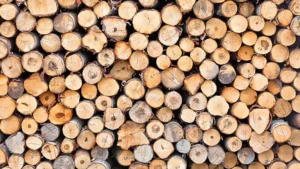
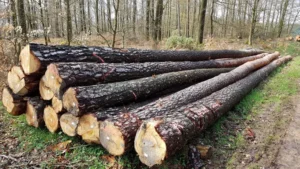
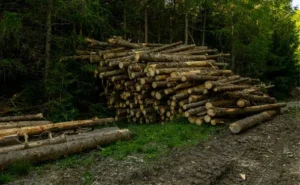
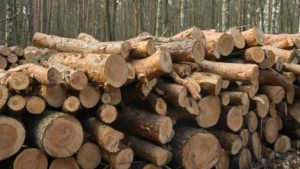

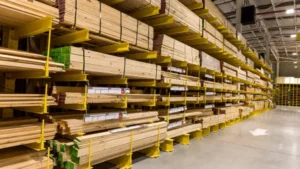


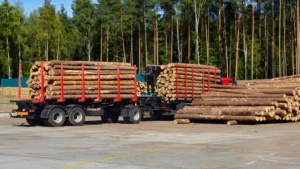
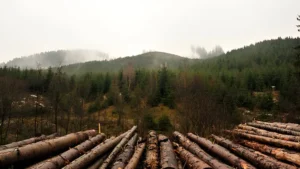
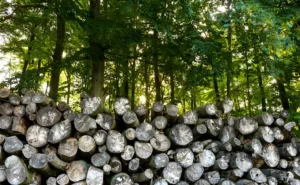
Leave your comment